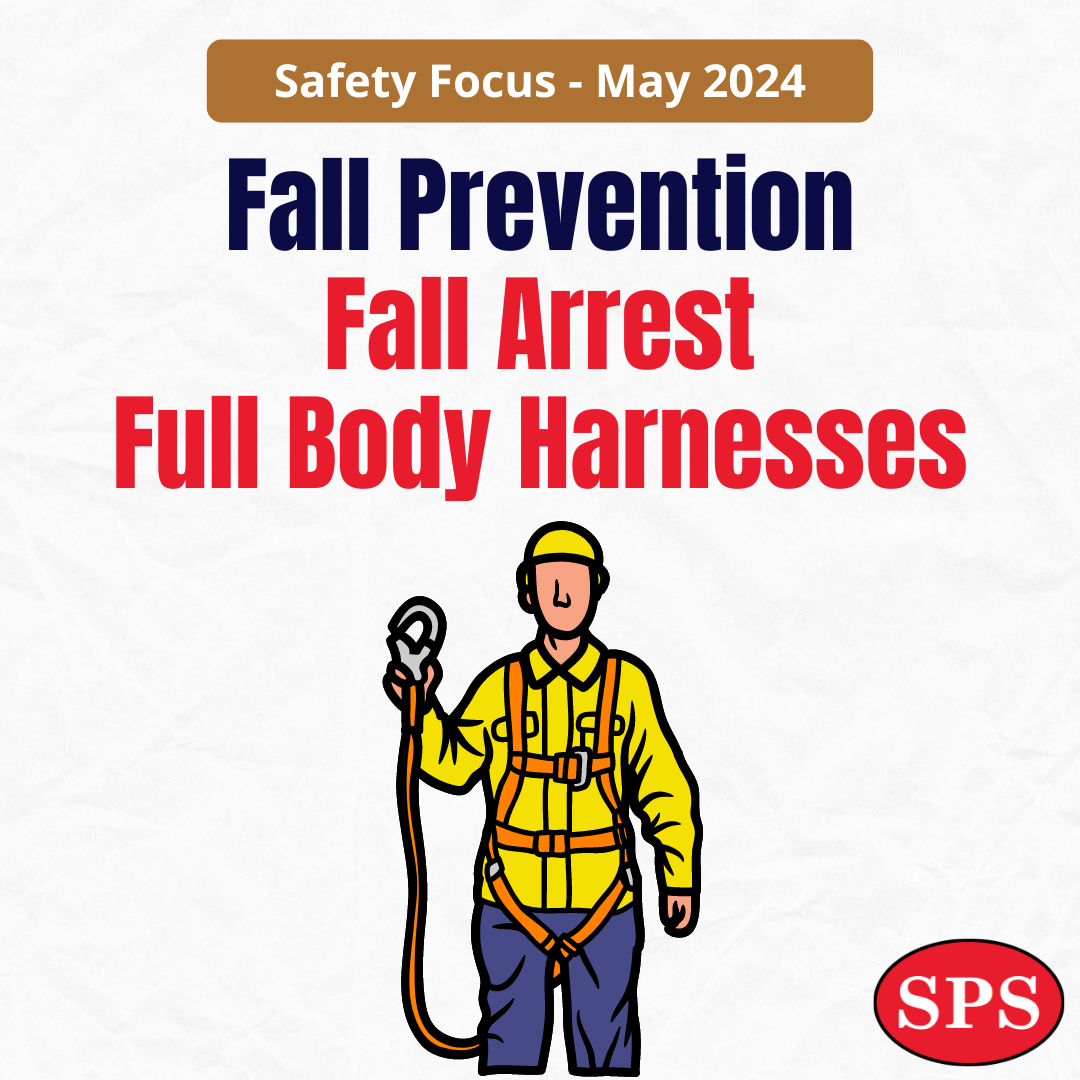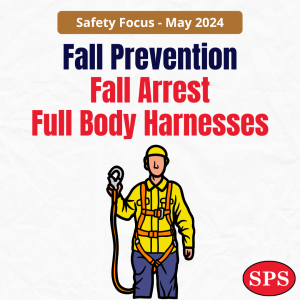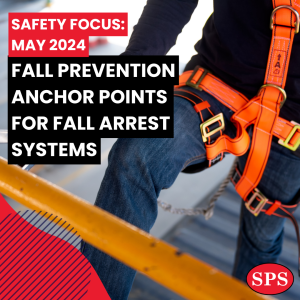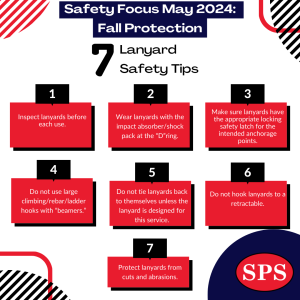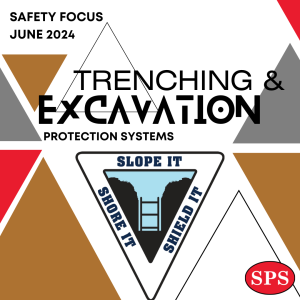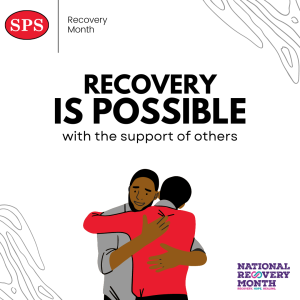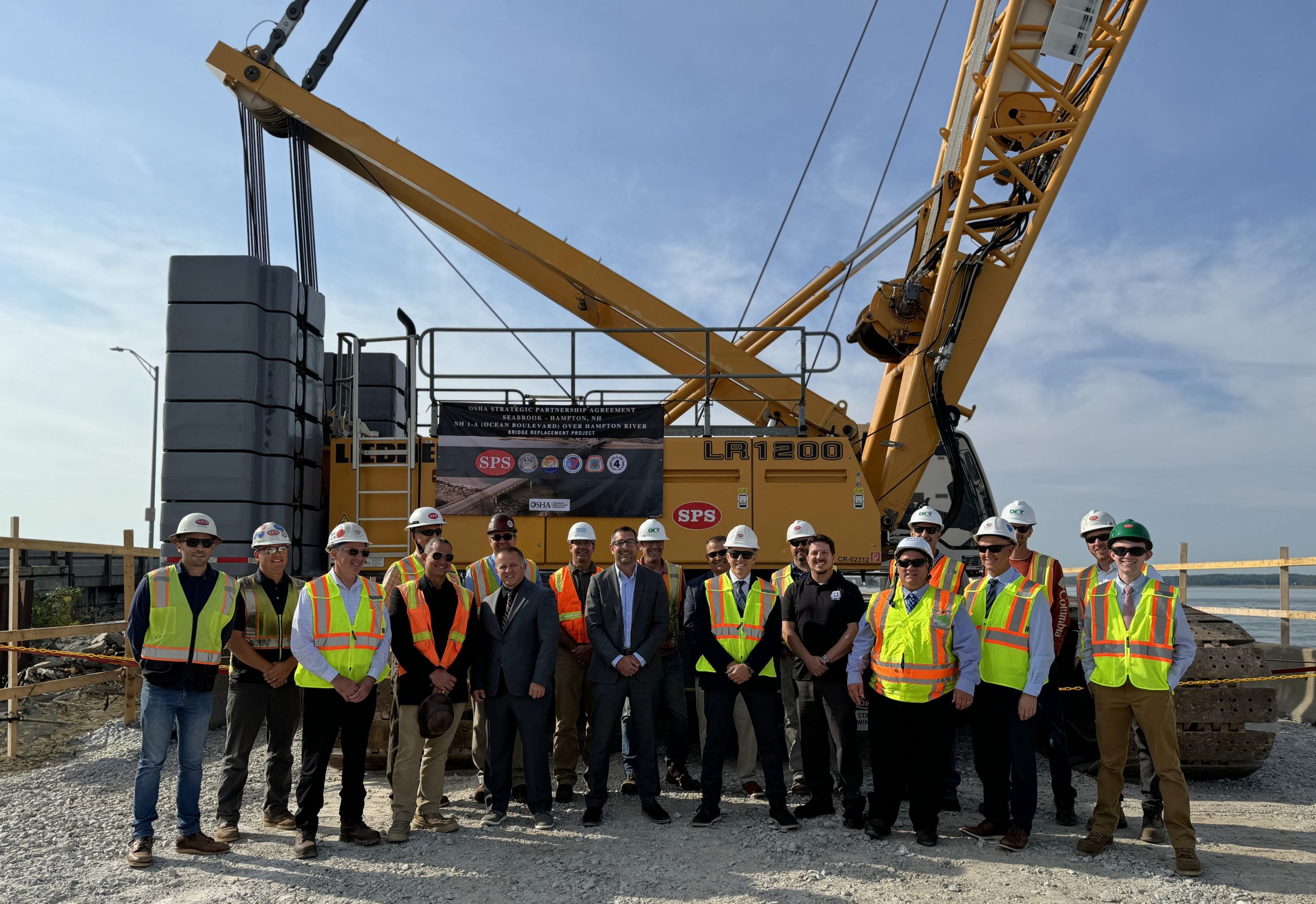It’s National Work Zone Awareness Week. What many fail to recognize is the vast majority of people killed in work zone crashes are motorists and their passengers. In 2021, 778 drivers and their passengers died in work zones (based on NHTSA FARS data), making it all the more important for drivers to slow down and stay focused while approaching and passing through a roadway work zone.
Wednesday, April 17, 2024 is Go Orange Day. Go Orange Day provides an opportunity to unite in wearing orange to show support for the men and women who work tirelessly to keep our roads safe.
It’s no surprise that distracted driving is dangerous, but did you know it claimed 3,308 lives in 2022? NHTSA leads the national effort to save lives by preventing this dangerous behavior. Get the facts, get involved, and help us keep America’s roads safe.





